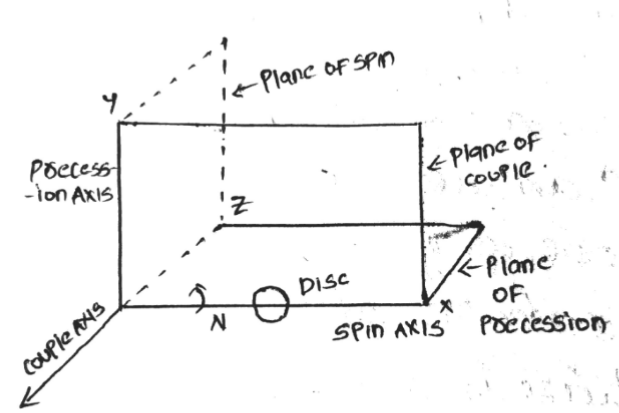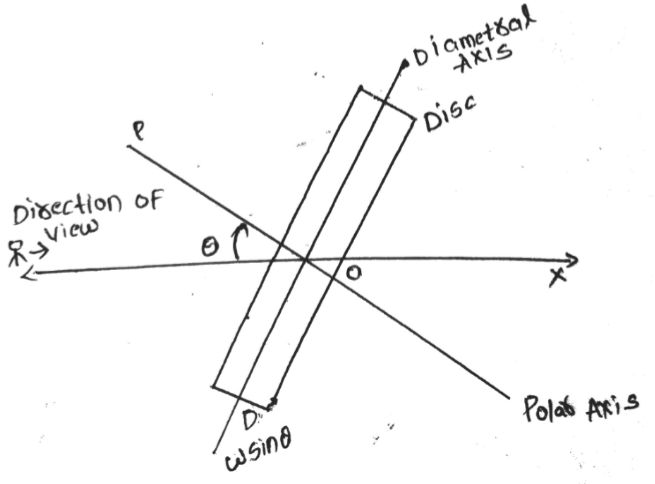Vertical boring machines and lathe machines are both tools used in the manufacturing industry, but they have distinct differences in terms of their capabilities and uses.
One of the main advantages of a vertical boring machine over a lathe machine is its ability to work on much larger and heavier workpieces. Lathe machines are typically used for smaller, more delicate workpieces, while vertical boring machines are designed to handle larger and heavier materials, such as large castings and weldments. This makes vertical boring machines ideal for heavy industry applications, such as shipbuilding and power generation.
Another advantage of vertical boring machines is their greater precision and accuracy. They have a fixed spindle, which allows for more precise cutting and drilling operations, as well as better surface finishes on the workpiece. Lathe machines, on the other hand, have a moving spindle, which can cause greater vibration and less precise cuts.
Vertical boring machines also have a greater range of motion than lathe machines. They can move in multiple axes, including the x, y, and z axes, which allows for more complex and versatile machining operations. Lathe machines, on the other hand, are limited to rotating the workpiece along a single axis.
In addition, vertical boring machines can be equipped with a variety of cutting tools and attachments, such as milling cutters, drilling heads, and tapping attachments, which allows for greater flexibility in the types of machining operations that can be performed. Lathe machines are typically limited to turning and drilling operations.
Lastly, vertical boring machines are typically more durable and long-lasting than lathe machines, due to the nature of their design and construction. They are built to withstand the rigors of heavy industrial use, and can often run for extended periods of time without needing major repairs or maintenance.
Overall, vertical boring machines offer many advantages over lathe machines, including the ability to handle larger and heavier workpieces, greater precision and accuracy, a greater range of motion, greater flexibility in terms of cutting tools and attachments, and greater durability and longevity. These advantages make them an ideal choice for heavy industry applications where precision, accuracy, and versatility are essential.

